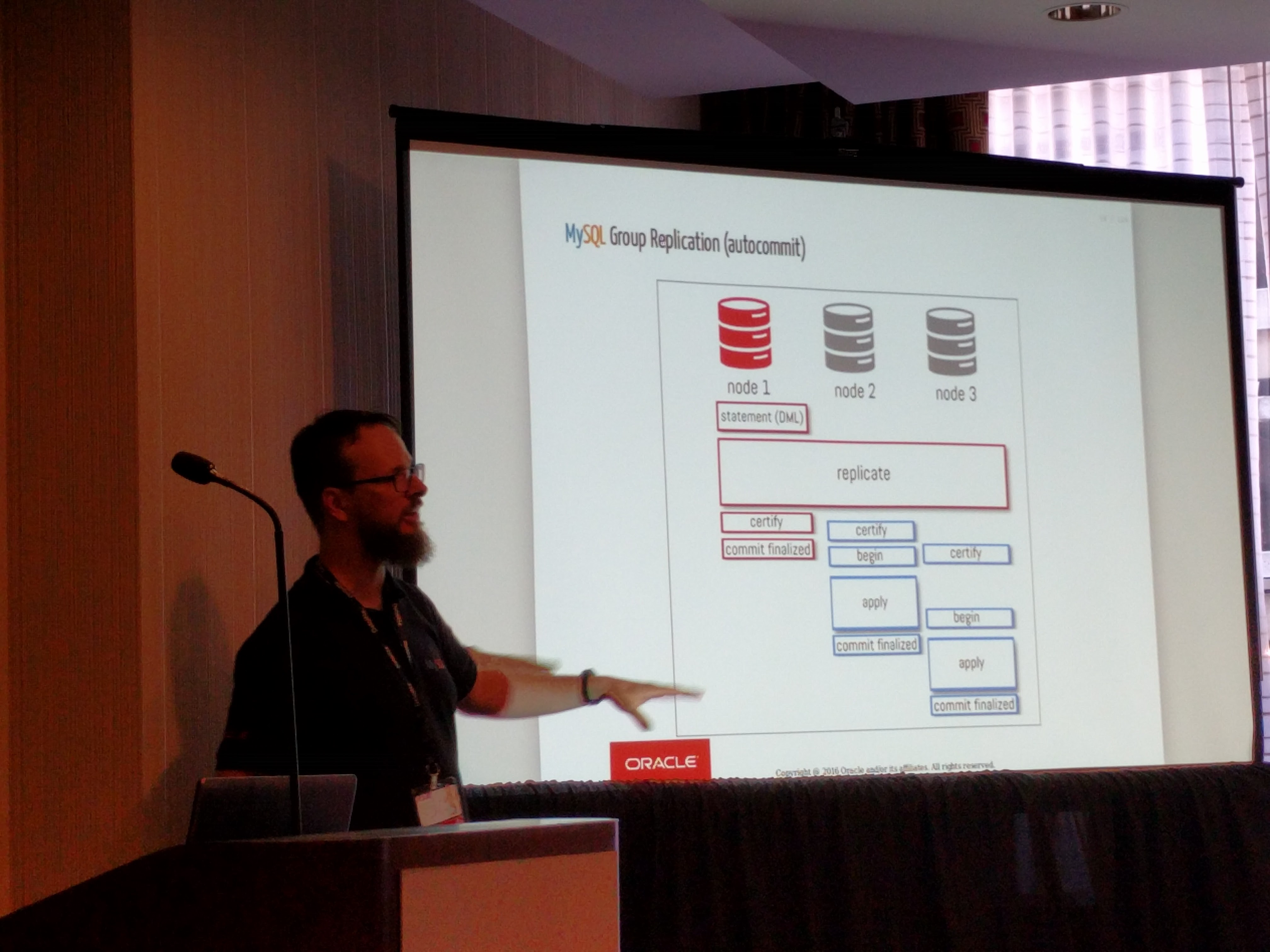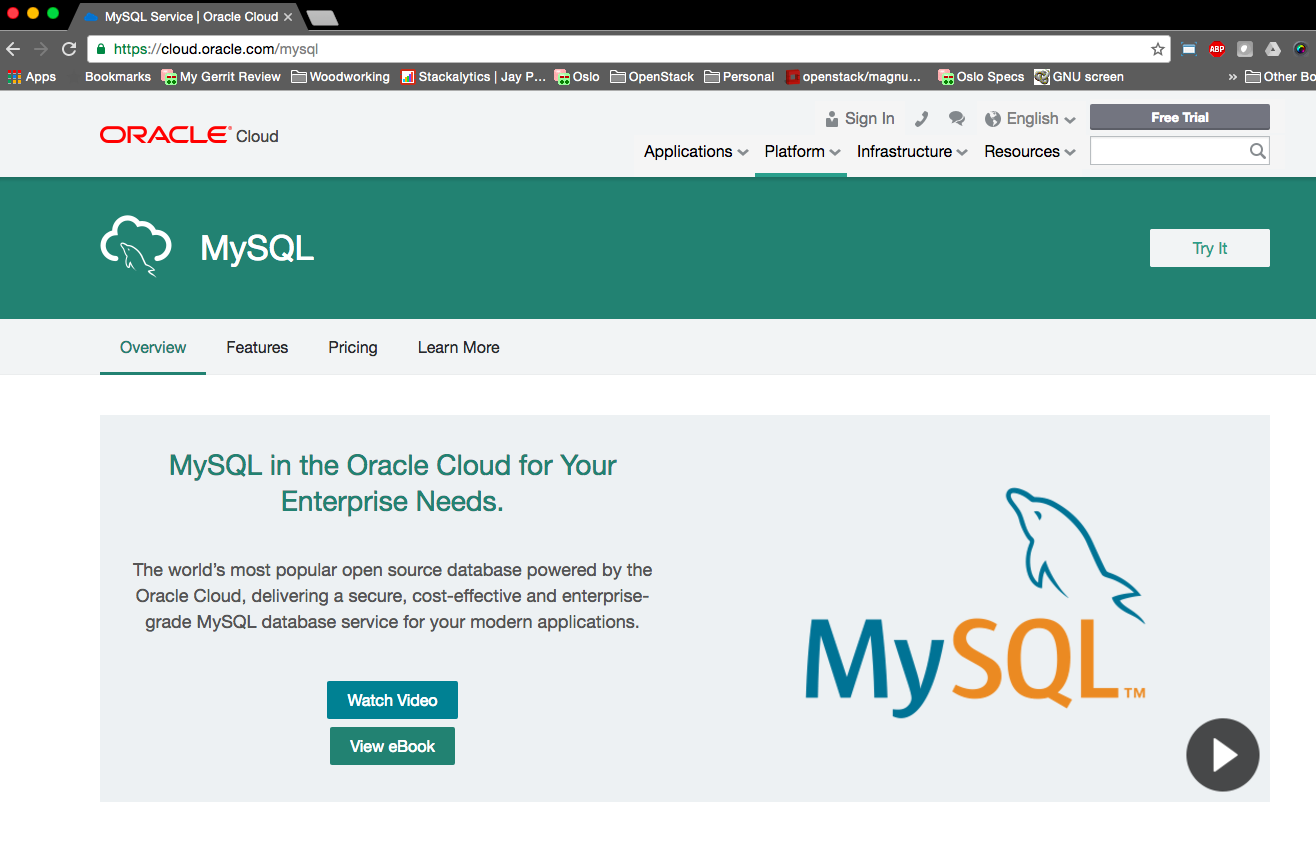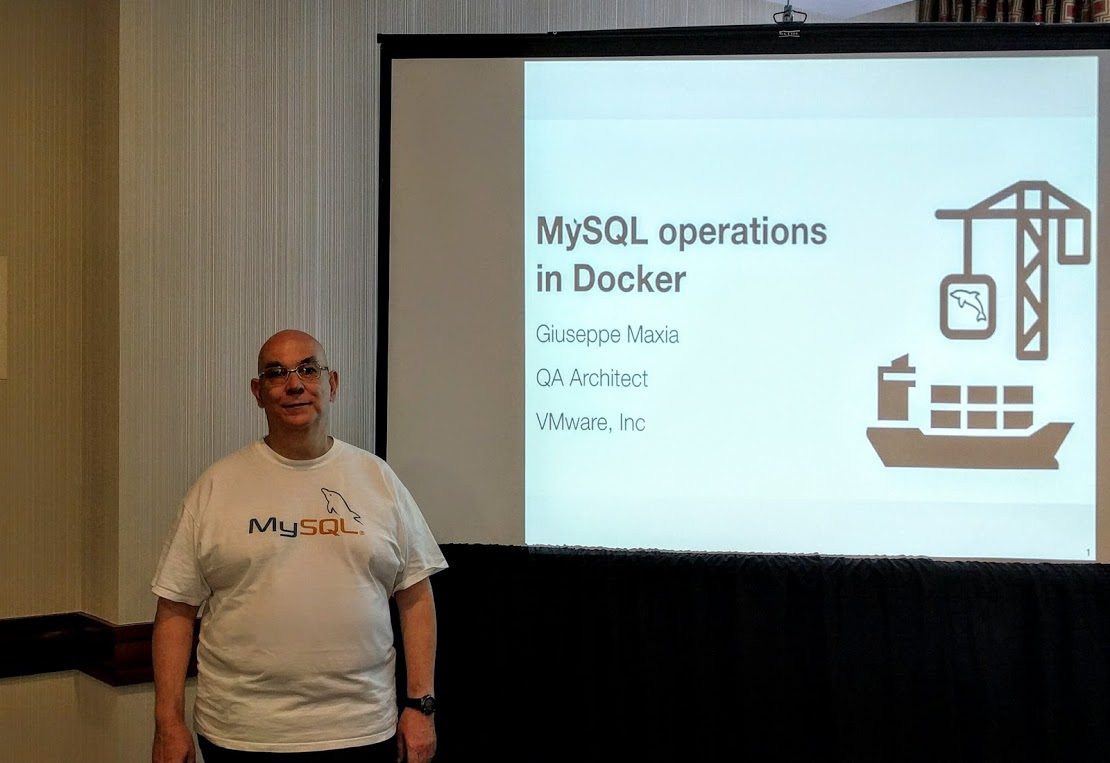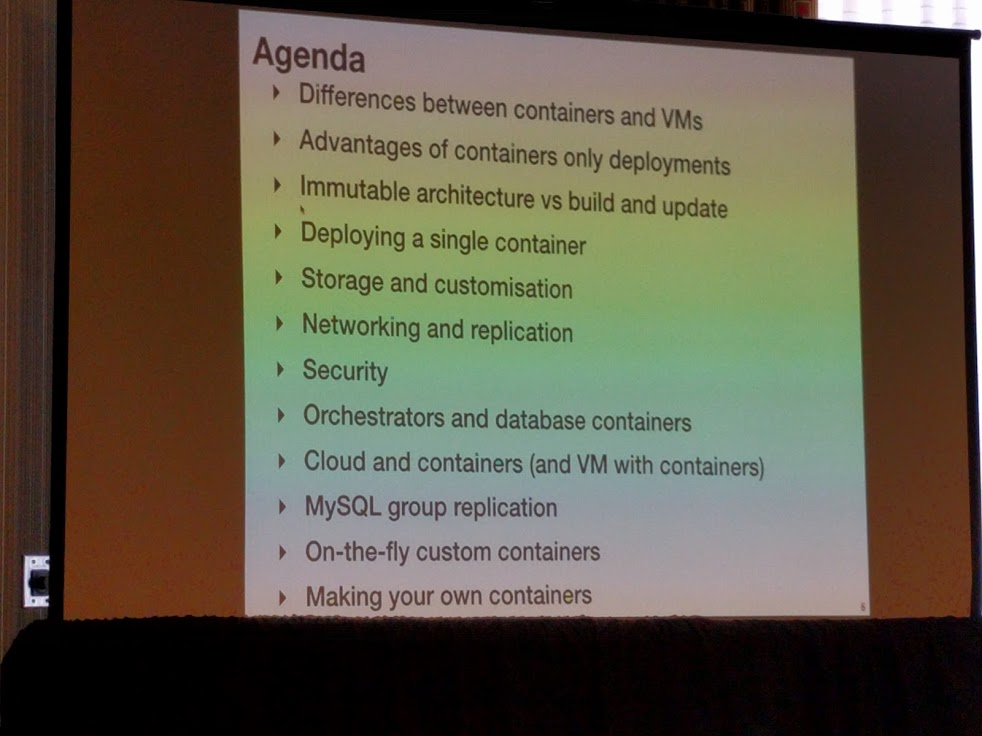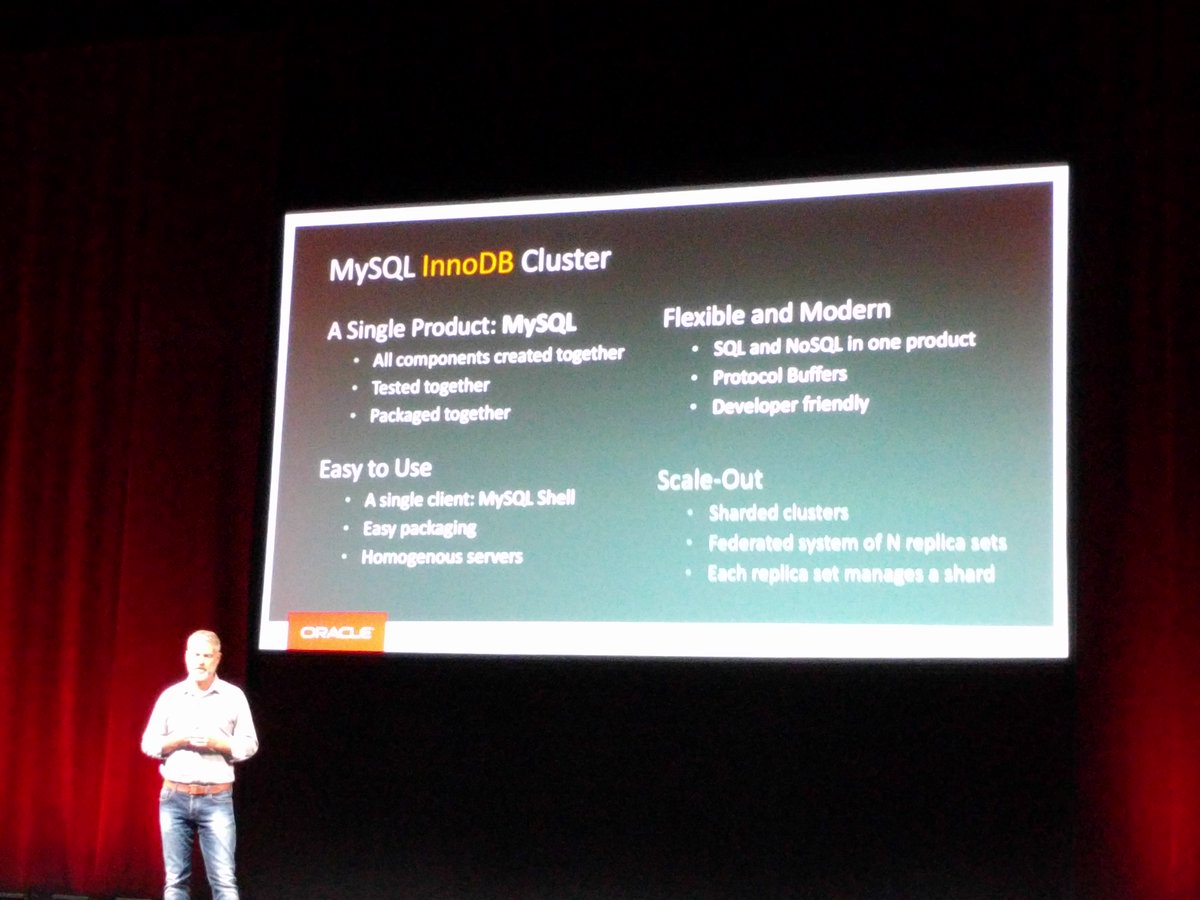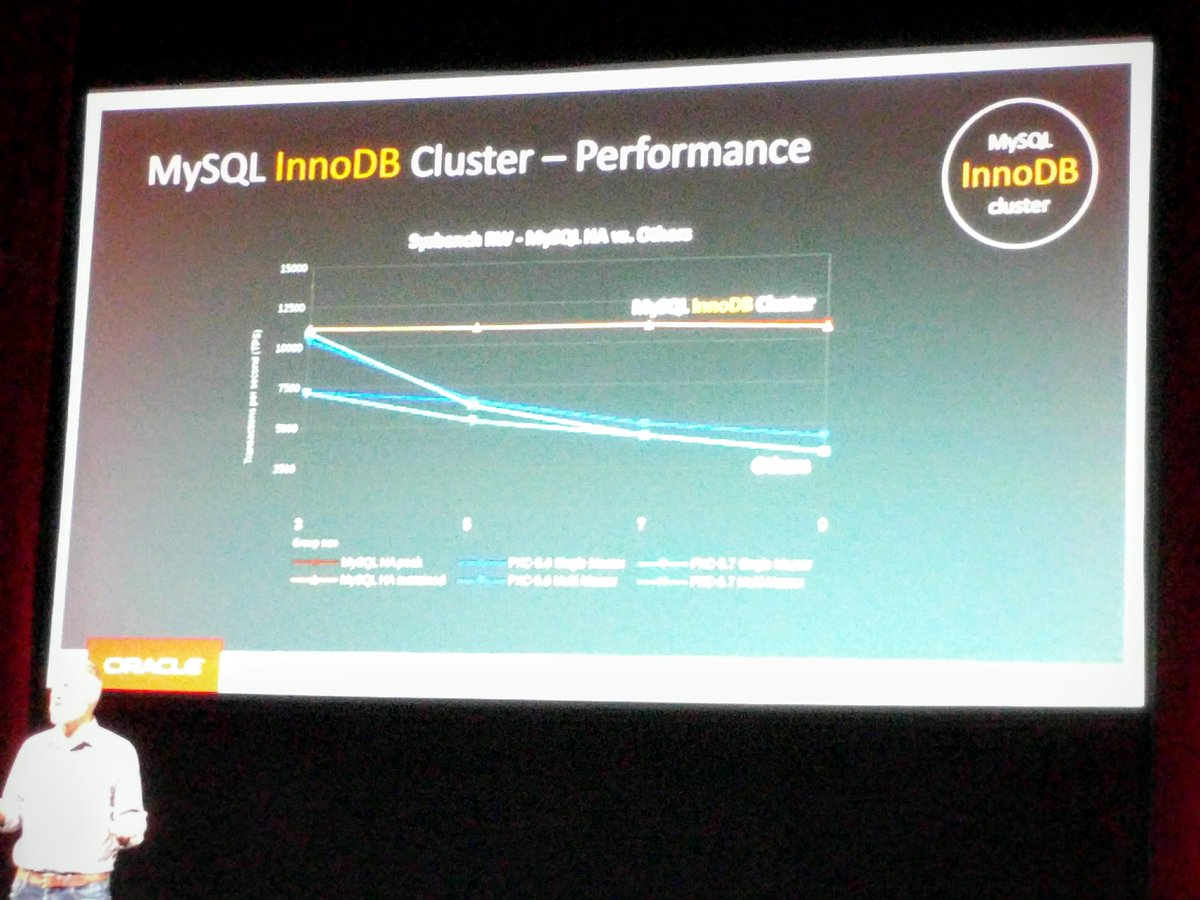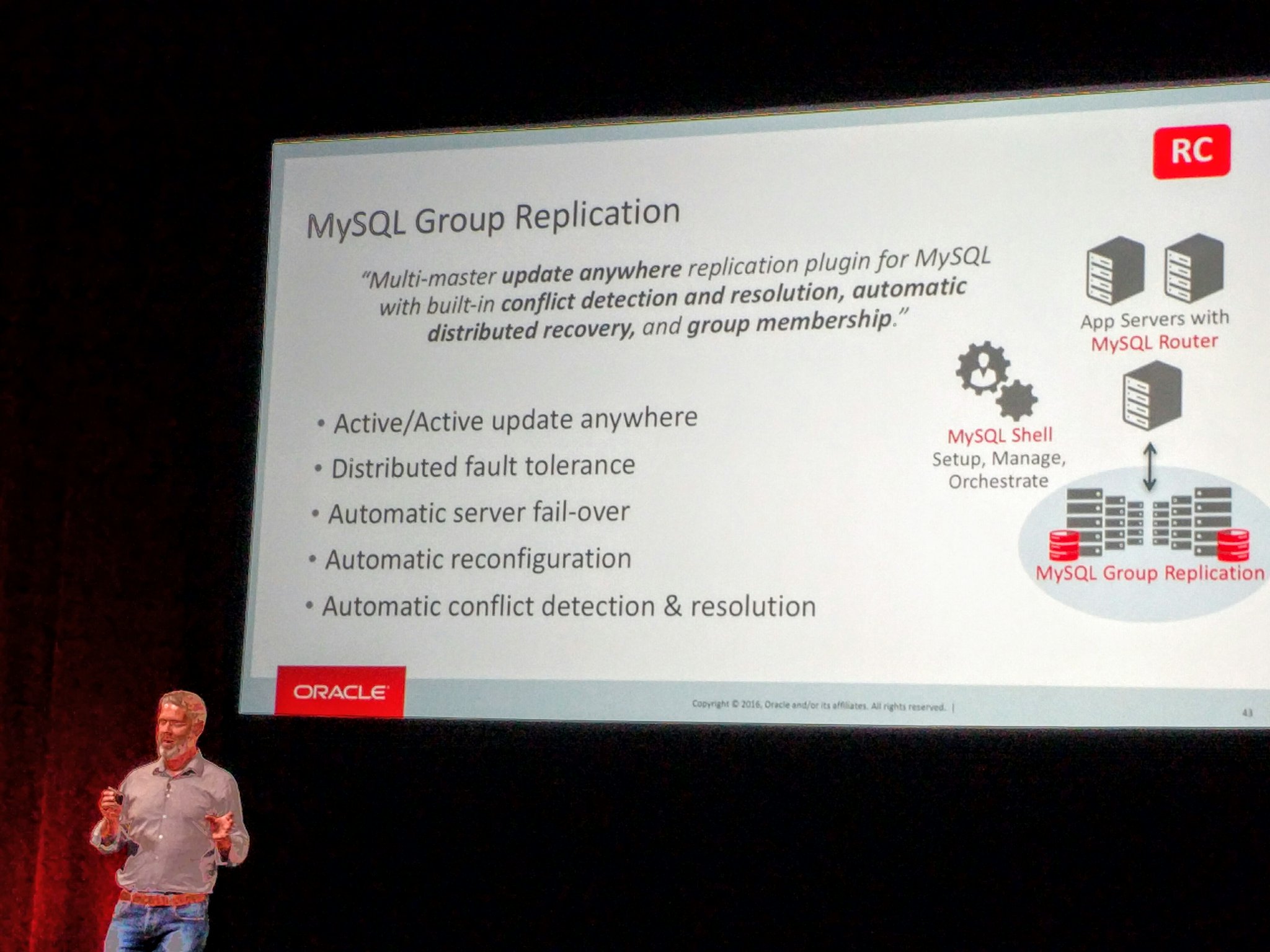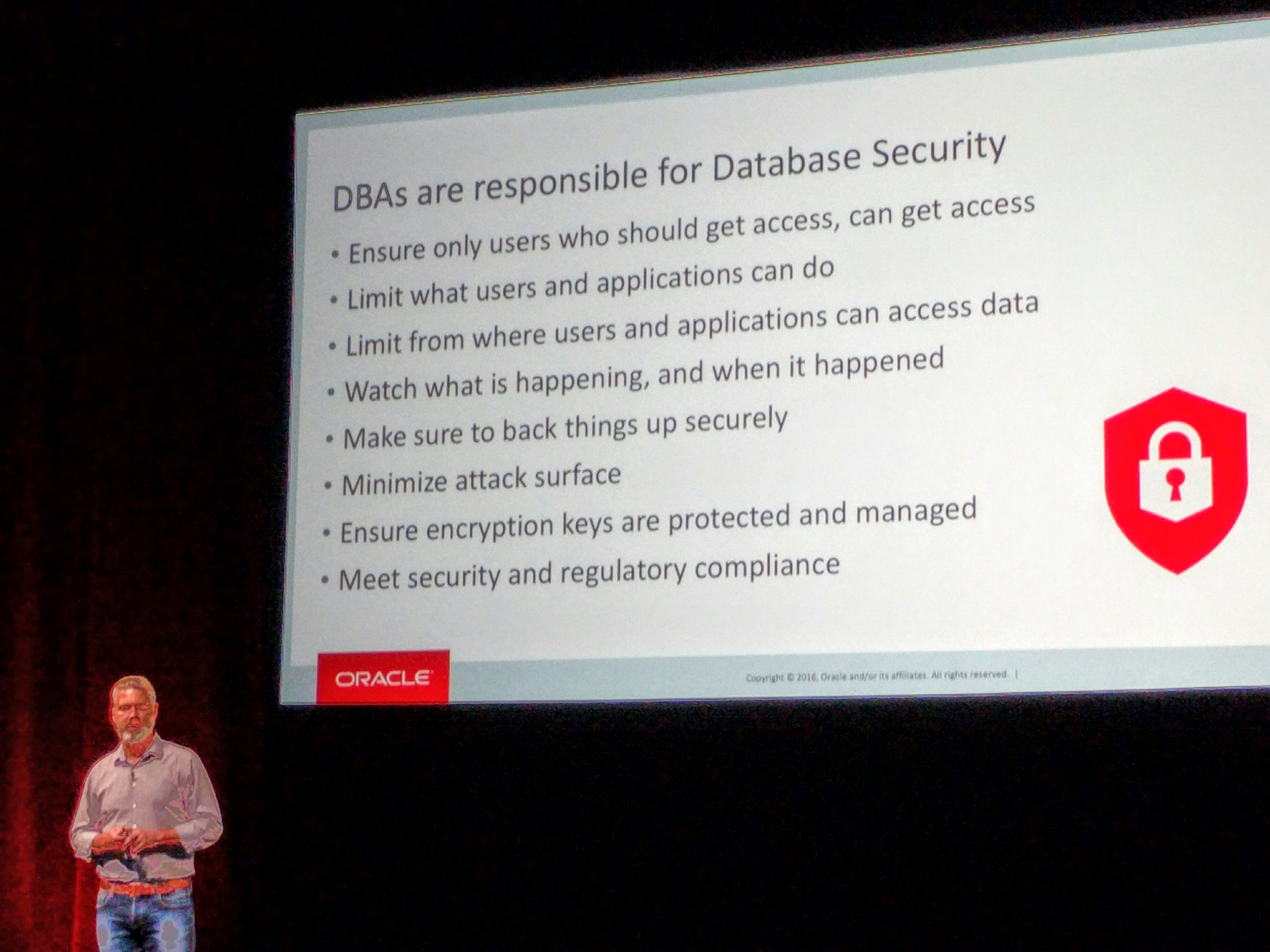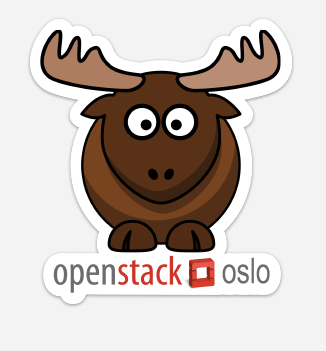MySQL Belgian Days 2024 and FOSDEM 2024
In this past week, I’ve been able not just to read or watch digital content online but to meet people in person. In Brussels, first at the MySQL Belgian Days 2024 event, followed by FOSDEM 2024.
There was a wide array of presentations covering many different topics; this is just a summary. Fred talked history of Command Line Monitoring and an intro to the new player Dolphie. Dave Stokes talked security, Sunny Bains gave us a brain dump of TiDB scalable architecture. We got an update on PMM and MySQL on k8s from Peter Zaitsev as well as a chat about his new product coroot. And then a great intro to a new generation of online schema change at scale with Sprit by Morgan Tocker. Alex Rubin shows us how not how to hack MySQL, but how MySQL can hack you. We have all crossed paths as MySQL Inc. employees or MySQL community members since 2006.
Marcelo Altmann gave us a detailed intro of a new era of caching with ReadySet. We also heard updates on Vitess. And that was just Day 1 presentations. The evening event was at the incredibly wall-to-wall packed Delirium Café, sponsored by ReadySet, which we offer great thanks and cheers.
Day 2 was packed with great content about MySQL Shell, MySQL Heatwave ML and Vector, MySQL Router, and the MySQL optimizer from many well-known Oracle MySQLers before amazing awards, Belgian beer, and black vodka, of course.
Congratulations Giuseppe Maxia on your MySQL Legends award at MySQL Belgium Days 2024. It is well deserved for all of your community contributions over the decades.
Check out the details at Unveiling the Highlights: A Look Back at MySQL Belgian Days 2024.
Saturday and Sunday were FOSDEM 24 and its usual location. So many people crossing the university, tunnels, and weird transit paths between all the university lecture halls it can feel like a blur. For the first time, I had no fixed agenda so I could check out random talks on random topics.
A shout-out to many people I know and some new people I met. Colin Charles, Alkin Tezuysal, Walter Heck, Charly Batista, Robert Hodges, Jens Bollmann, Monty Widenius, Matthias Crauwels, Michael Pope, Marcelo Altmann, Emerson Gaudencio, Aldo Junior and tons more I have forgotten to mention by name. There were many conversations also with random community people I didn’t even get names, for example, the team at Canonical.
About “Digital Tech Trek Digest”
Most days, I take some time early in the morning to scan my inbox newsletters, the news, LinkedIn, or other sources to read something new about professional and personal topics of interest. I turn what I read into actionable notes in a short, committed time window, summarizing what I learned, what I should learn and use, or what is of random interest. And thus my Digital Tech Trek.
Some of my regular sources include TLDR, Forbes Daily, ThoughWorks Podcasts, Daily Dose of Data Science and BoringCashCow. Also Scientific American Technology, Fareed’s Global Briefing, Software Design: Tidy First? by Kent Beck, Last Week in AWS to name a few.

